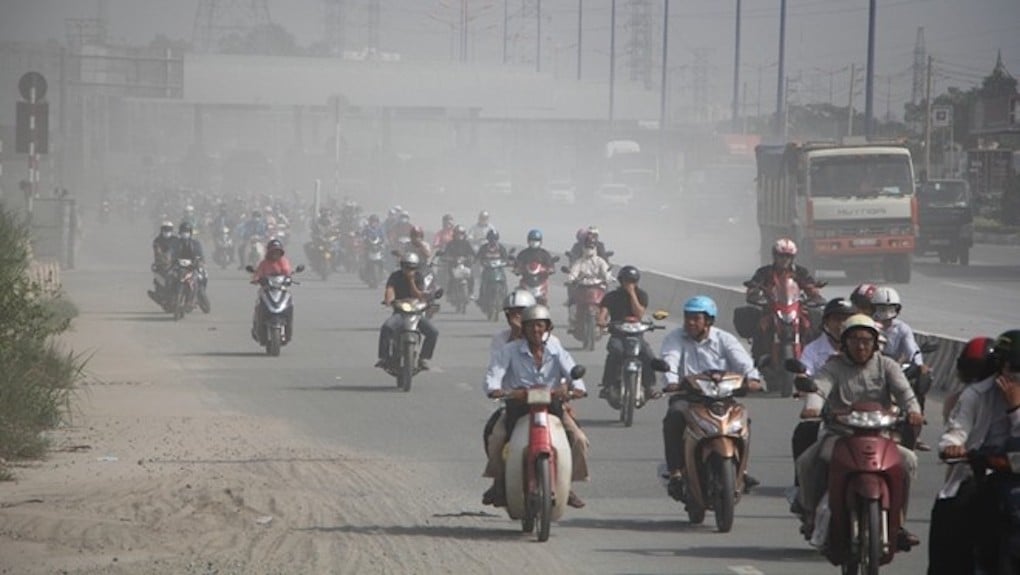

And pollution in America has worsened since 2016, reversing years of decline.īefore governments can decide how best to tackle unhealthy air, Dr. In the United States, which has some of the cleanest air in the world, fine particulate matter still contributed to 88,000 premature deaths in 2015 - making this pollution more deadly than both diabetes and the flu. But even high-income, developed economies, which have made big strides in reducing such pollution, continue to struggle with the quality of their air. Source: Forecasts for daily average particulate matter (PM 2.5) concentration in micrograms per cubic meter are from the ECMWF Copernicus Atmosphere Monitoring Service.ĭeveloping and newly industrialized regions experience some of the worst particulate pollution today. “Having access to clean air is kind of a basic human right.” Under high levels of particulate pollution, “you can’t function, you can’t thrive,” said Alexandra Karambelas, an environmental analyst and research scientist affiliated with Columbia University. This microscopic pollution, named because each particle is smaller than 2.5 micrometers across, has also been linked to developmental problems in children and cognitive impairment in the elderly, as well as premature labor and low birth weights. It has been shown to exacerbate asthma and other lung disorders, and increase the risk of heart attack and stroke.


PM2.5 can evade our bodies’ defenses, penetrating deep into the lungs and even entering the bloodstream. And, when breathed in, they wreak havoc on human health.

The particles are too small for the eye to see - each about 35 times smaller than a grain of fine beach sand - but in high concentrations they cast a haze in the sky. This fine pollution mainly comes from burning things: Coal in power plants, gasoline in cars, chemicals in industrial processes, or woody materials and whatever else ignites during wildfires. Millions more fell ill from breathing dirty air. Outdoor particulate pollution was responsible for an estimated 4.2 million deaths worldwide in 2015, with a majority concentrated in east and south Asia.


 0 kommentar(er)
0 kommentar(er)
